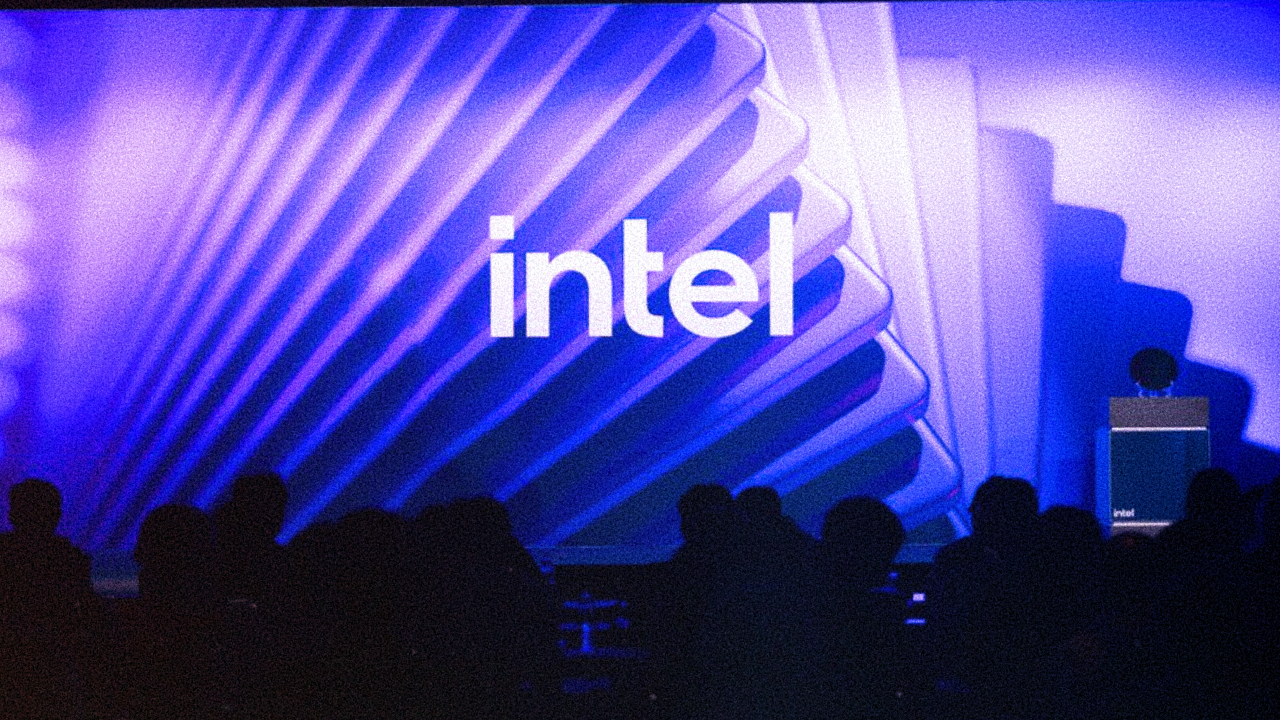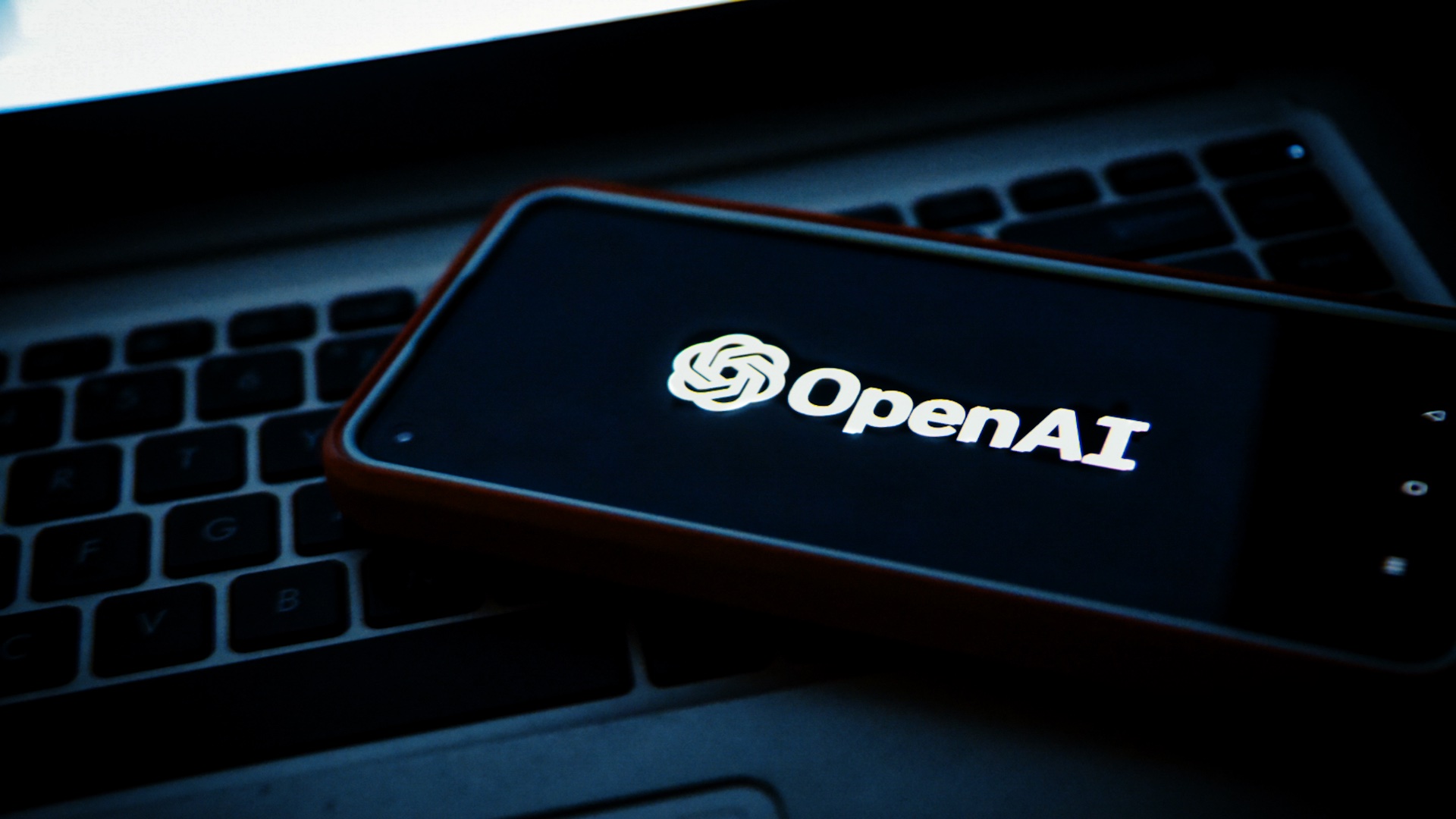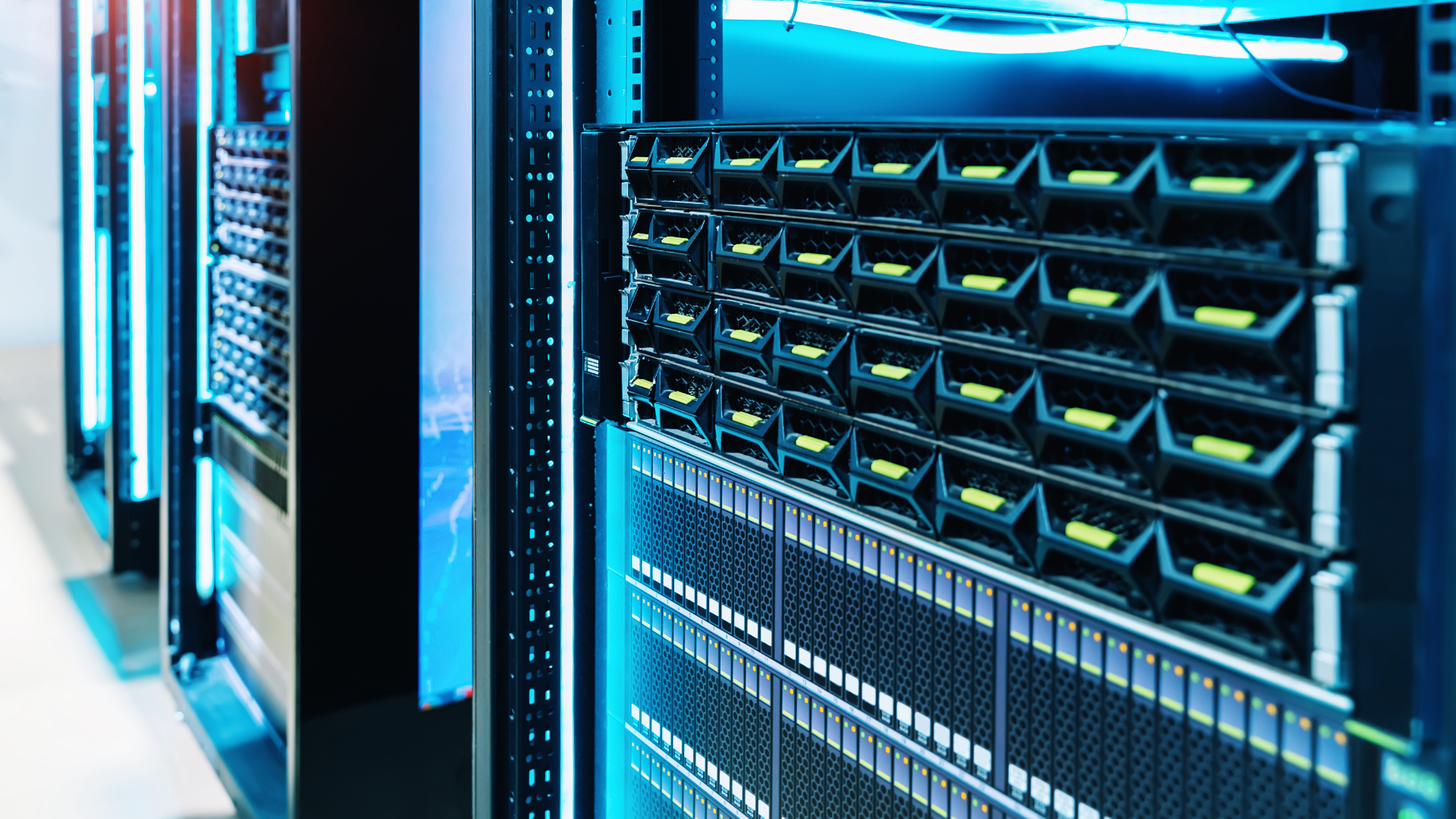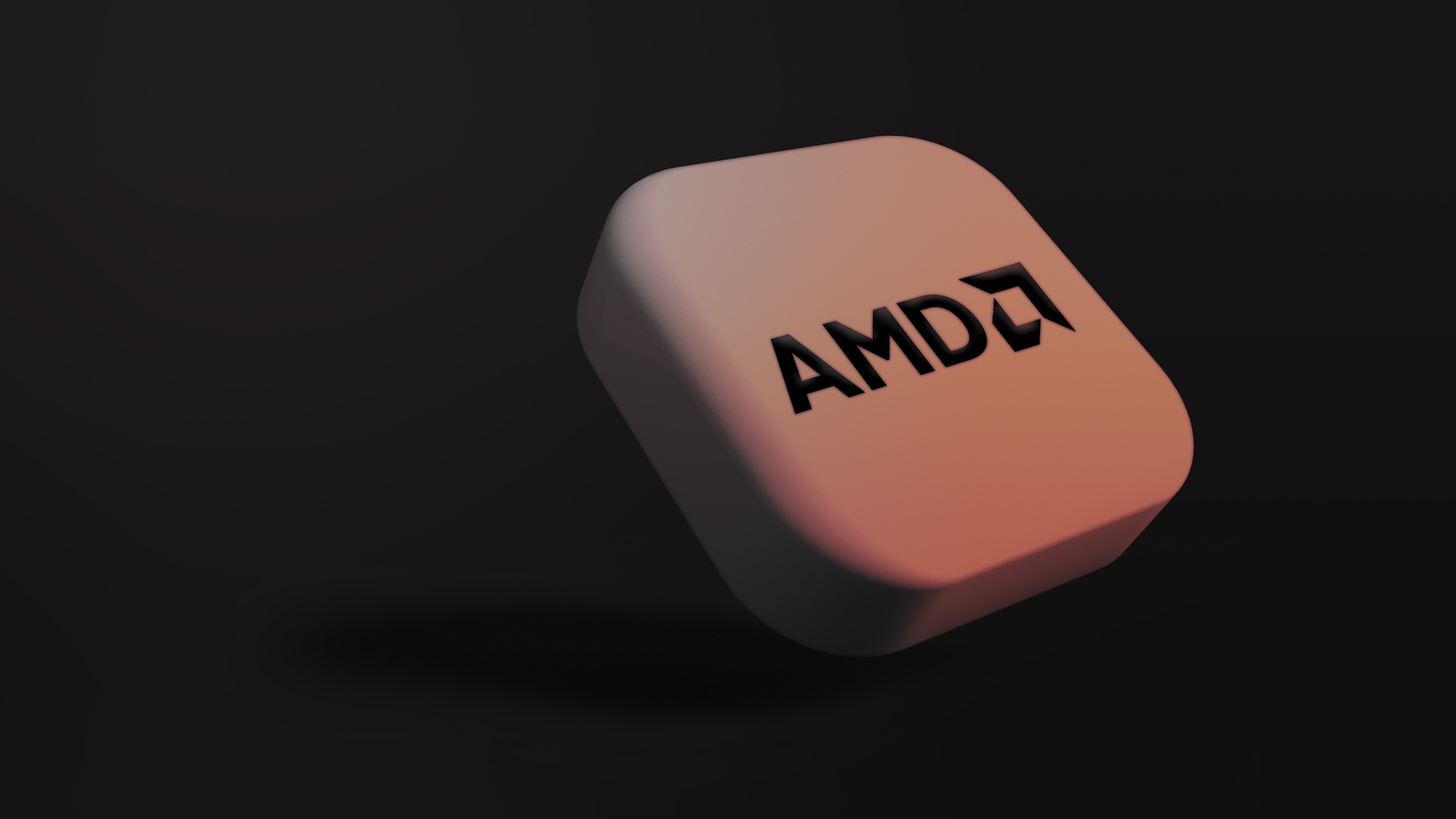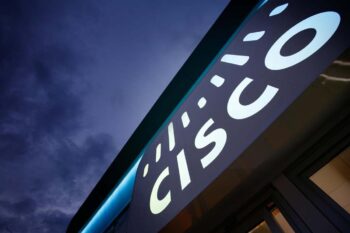Euphoria flooded the market after Intel’s latest results. Shares soaring 90% by 2025, quarterly earnings per share of 23 cents (instead of the expected 1 cent) and gross margins of 40% look like the return of the king. Investors, buoyed by the AI-PC hype and a fresh injection of $15 billion, are opening the champagne.
However, we must ask the question: what are we really celebrating?
The answer is simple: we celebrate the success of accountants, not engineers. Intel’s recent results are not the fruit of regained technological dominance, but the result of “drastic cost-cutting measures” introduced by its new CEO, Lip-Bu Tan. It is an illusion of success that masks a strategic retreat and a tacit admission of defeat in the crucial race for the future of chip manufacturing.
A financial miracle
Let’s look at where this impressive profit came from. It doesn’t come from revolutionary new products that beat Nvidia to the AI market. It comes from cuts.
Firstly, Intel is ending the year with a workforce that is more than a fifth (more than 20%) smaller than last year. Second, the company is aggressively selling off assets – including a 51% stake in Altera, a company acquired in 2015 for $16.7 billion.
It’s a cold financial calculation. The new CEO, Tan, is doing exactly what he was hired for: putting out the fire his predecessor left behind.
Let’s remember that Pat Gelsinger’s ambitious plans to turn Intel into a TSMC-like contract manufacturer led the company to its first annual loss since 1986. Tan has radically scaled back these costly ambitions. Current profits are therefore not growth, but stopping the haemorrhage.
Rescue, not reward
Giant investments were also in the spotlight: $5 billion from Nvidia, $2 billion from SoftBank and an unprecedented $8.9 billion from the US government in exchange for a 10% stake.
Let’s not be fooled. This is not a reward for a market leader. It is a rescue for a company that is trying to maintain its dominance and whose repeated attempts to break into the AI chip market have failed.
The investment by Nvidia – the rival that dethroned Intel in the AI segment – is a strategic bet, not an act of faith. It is an attempt to secure access to manufacturing capacity in the West and to influence the development of CPUs, which (ironically) are essential in AI servers to support… Nvidia GPUs.
Even more telling is the intervention of the US government. The 10% takeover, which came after President Donald Trump called for Tan’s resignation over his links to China, is not a market move. It is a geopolitical intervention. Intel has become a national security asset; a company too important to fail but too weak to win on its own.
Time bomb: the truth about the 18A process
While Wall Street analysts were getting excited about gross margins, the key message came from Intel’s CFO himself, Dave Zinsner.
When asked about the foundation of Intel’s future competitiveness – the 18A manufacturing process – Zinsner openly admitted that the process would not give Intel the level of margins it currently needs.
That already sounds bad. To make matters worse, moments later Zinsner said the process would not be ready at a level “acceptable to the industry” until 2027.
This is the true picture of Intel, hidden behind a facade of good quarterly results. The 18A process is not “some” design. It was supposed to be the answer to TSMC and Samsung’s dominance. It is the technology that was supposed to return Intel to the throne of manufacturing leadership. The admission that it won’t be ready until 2027 is a disaster. In the semiconductor industry, that’s an eternity. It means that for the next 2-3 years Intel will be technologically far behind.
Retreat from dominance
So what will Intel do if it cannot compete with TSMC? CEO Tan has a new vision: to create a ‘central engineering group’ that will offer specially designed chips to external customers such as Google or Amazon.
To put it bluntly: Intel is giving up the battle for global dominance in mass production. Instead, it will try to become a niche supplier of expensive, custom solutions, competing with the likes of Broadcom and Marvell Technologies. This is a radical but, it seems, necessary lowering of ambition.
Stable patient, not healthy leader
Intel 3.0, led by Lip-Bu Tan, is a financially more stable company than the shaky giant under Pat Gelsinger. A $15 billion injection and brutal cost-cutting bought the company time.
But the investors who are buying shares today are not buying a technology leader. They are buying a company that has just admitted that its key manufacturing technology is years behind schedule. They are buying a company that is selling off assets and giving up the battle for the throne to become a premium service provider to other giants.
Ironically, the current ‘high-end problem’ mentioned by CFO Zinsner – i.e. demand outstripping supply – is largely due to data centres having to upgrade CPUs (Intel’s) to keep up with advanced AI chips (Nvidia’s).
Intel is no longer leading the AI revolution. It has become an indispensable but nonetheless secondary parts supplier for it. This is not the return of the king. It is the beginning of life as a strategic asset, kept alive by rivals and the government, whose main goal is no longer domination but survival.




